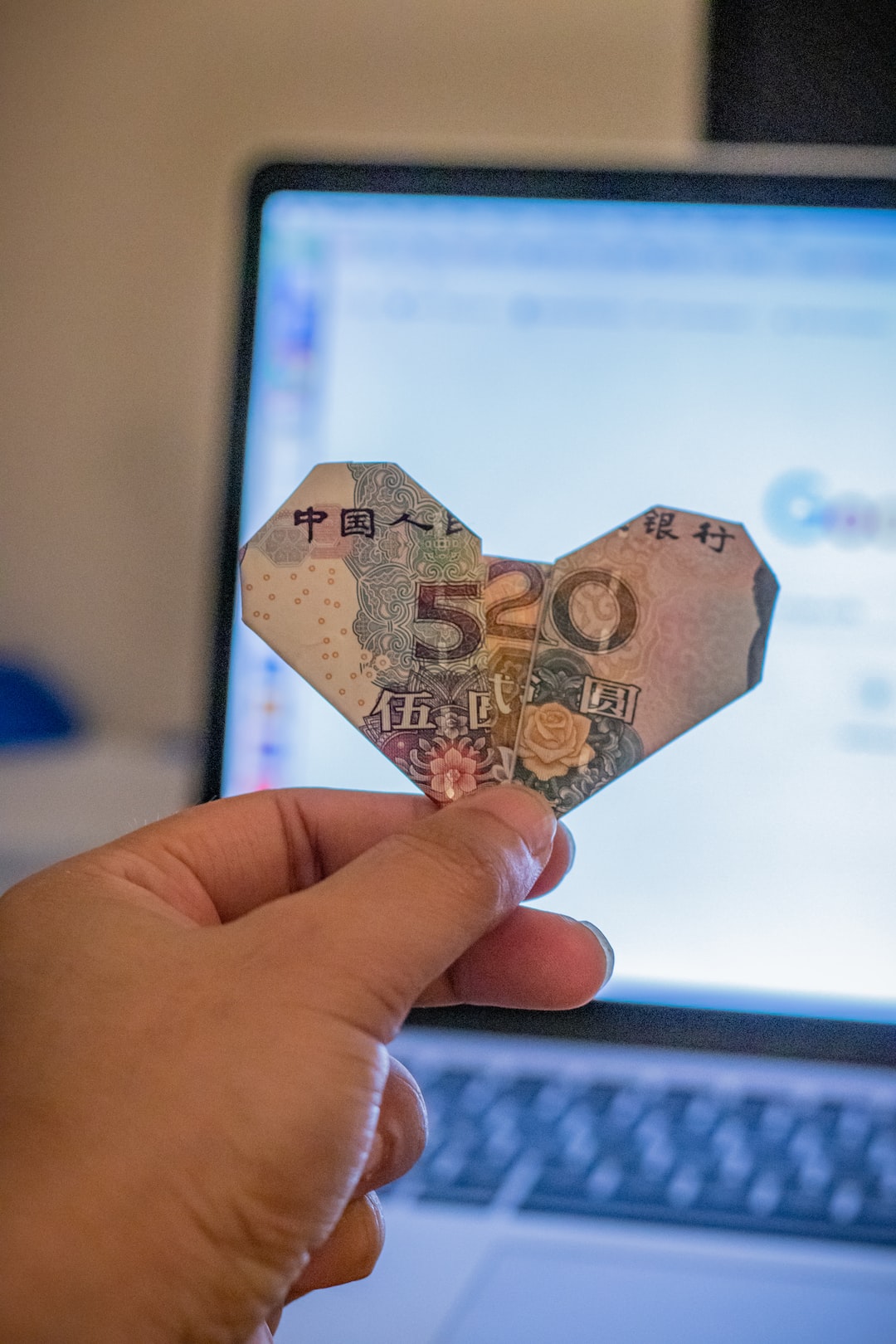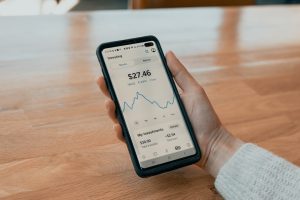Forex trading is all about analyzing the market and making decisions based on the data available. One of the most important tools for market analysis is the forex graph. Forex graphs provide traders with a visual representation of price movements and trends over time. But, what kind of signals should traders look for in these graphs? In this article, we will explore the most important signals to look for when analyzing forex graphs.
1. Price Action
Price action refers to the movement of the price of a currency pair over time. It is the most basic signal that traders look for when analyzing forex graphs. Price action is represented by the candlesticks on the forex graph. Each candlestick represents a specific time period, such as one hour or one day. Traders look for patterns in the candlesticks to determine the direction of the price movement. For example, an uptrend is indicated by a series of higher highs and higher lows, while a downtrend is indicated by a series of lower highs and lower lows.
2. Support and Resistance Levels
Support and resistance levels are key signals that traders look for in forex graphs. Support levels are the points on the graph where the price has previously bounced back up after hitting a low. Resistance levels are the points on the graph where the price has previously bounced back down after hitting a high. These levels are important because they indicate areas of strong buying or selling pressure. Traders can use support and resistance levels to determine entry and exit points for trades.
3. Moving Averages
Moving averages are another important signal to look for in forex graphs. Moving averages are calculated by averaging the price of a currency pair over a specific time period. Traders use moving averages to smooth out the price action on the graph and identify trends. For example, a 50-day moving average will show the average price of a currency pair over the past 50 days. Traders look for crossovers of moving averages to identify trend changes.
4. Relative Strength Index (RSI)
The Relative Strength Index (RSI) is a momentum indicator that measures the strength of a currency pair’s price action. The RSI ranges from 0 to 100, with readings above 70 indicating overbought conditions and readings below 30 indicating oversold conditions. Traders use the RSI to identify potential reversals in the price action. For example, if the RSI is above 70, it may indicate that the currency pair is overbought and due for a reversal.
5. Fibonacci Retracement Levels
Fibonacci retracement levels are another important signal to look for in forex graphs. Fibonacci retracement levels are based on the Fibonacci sequence, a mathematical sequence in which each number is the sum of the two preceding numbers. Traders use Fibonacci retracement levels to identify potential support and resistance levels. These levels are calculated by drawing a line from the high to the low of a price movement and then dividing the vertical distance by the Fibonacci ratios (23.6%, 38.2%, 61.8%, etc.).
Conclusion
In conclusion, forex traders should look for a variety of signals when analyzing forex graphs. These signals include price action, support and resistance levels, moving averages, the Relative Strength Index (RSI), and Fibonacci retracement levels. By analyzing these signals, traders can make informed decisions about when to enter or exit trades and how to manage their risk. It is important to remember that no single signal should be used in isolation, but rather in conjunction with other signals to form a complete picture of the market.





